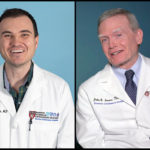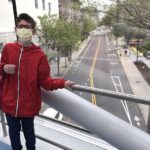Congenital scoliosis: Maria’s story
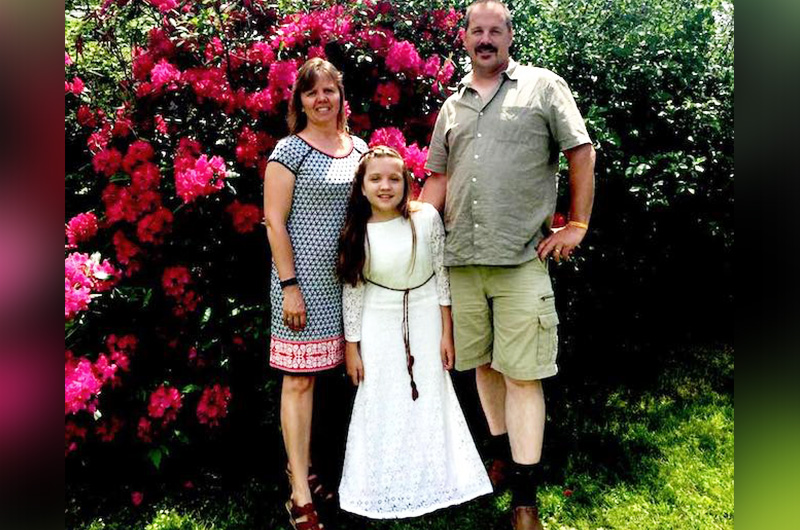
Growing up in a big family helped. When Maria Dupuis came home from the hospital after surgery to correct her scoliosis, her sisters played Subway Surfer with her and her brothers braided her hair. Having so many siblings around to play with probably motivated her to get up and start walking sooner. And when other kids stared at her, it helped to know her big family loved her for exactly who she was.
Amniotic band syndrome: Born different
Maria was born with amniotic band syndrome. Early in her mother’s pregnancy, the amniotic sac ruptured and several strands of tissue wrapped around Maria’s developing body. She was born with a host of issues, including congenital scoliosis, hip dysplasia, leg-length discrepancy, and club foot.
When she was 2½, she had spinal fusion surgery to correct her scoliosis at a hospital in New Hampshire. “The surgery helped at first, but not for long,” says Maria’s mother, Leah. “Within a few years, the curve in her spine was back and getting worse.”
Scoliosis and the struggle to breathe
By 2007, Maria was 5 years old and her scoliosis was so severe it interfered with her lung function. “I have distinct memories of having a hard time breathing,” says Maria. “Even walking from the living room to the kitchen was a challenge because it was so hard to breathe.”
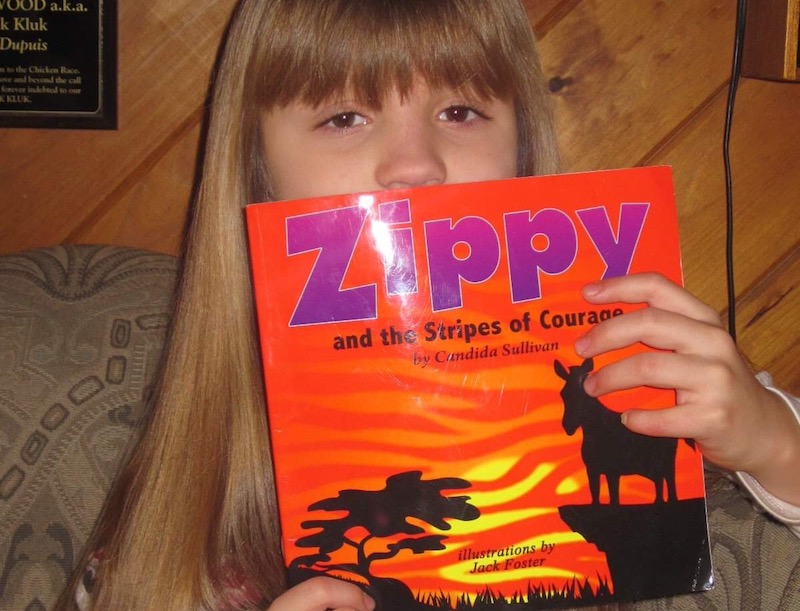
Through a series of referrals, the family met Dr. John Emans at Boston Children’s Hospital, a few hours’ drive from their home in New Hampshire. “We were scared to death to go to Boston,” says Leah. “But when we realized what a renowned surgeon Dr. Emans was, we knew he was an answer to our prayers.”
Anytime an orthopedic surgeon considers surgery on a growing child, they must weigh the benefits of the operation against its impact on the child’s growth. Maria was small for her age and Dr. Emans did not want to interrupt her growth potential. Nonetheless, something had to be done to give her a chance of a healthy life.
A new treatment to lengthen Maria’s spine
Dr. Emans recommended a treatment the FDA had only recently approved. He would attach vertical expandable prosthetic titanium ribs to Maria’s spine, a treatment called VEPTR. The goal would be to lift and expand Maria’s rib cage and straighten her spine. Every six months for the next several years, she would return to Boston Children’s and Dr. Emans would lengthen the rods, giving her spine room to continue growing.
“Dr. Emans told us this was the best option out of some not very good options,” says Leah. “He was the only doctor to offer us hope. By then, he had performed 45 VEPTR surgeries, so we felt good about his experience.”
The surgery to attach the rods to Maria’s spine took place in December 2007. That same month, her parents created a Caringbridge site to update family and friends on her status.
Keith Dupuis journal entry, December 11, 2007
Maria showed her courage when she walked into the OR with dad and staff in tow. This is one of the toughest things a parent will ever endure. Believe me, it hasn’t gotten any easier. The emotional roller coaster was truly worth it when Dr. Emans showed us the before and after x-rays of Maria’s spine.
Leah Dupuis journal entry, January 6, 2008
With God, all things are possible. That’s how we feel after our visit to Boston for Maria’s post-op with Dr. Emans. He was pleased and amazed that she had figured out walking already and asked us if there’s anything she can’t do. He labeled her a “can-do kid.” Of course, it helps that she has to keep up with her six siblings.
Seven years of surgeries
The initial surgery to implant the expandable rods reduced the sideways curve in Maria’s spine from 94 degrees to 54 degrees. She grew two-and-a-half inches and had an easier time breathing. Every six months for the next seven years, she and her parents returned to Boston Children’s so Dr. Emans could lengthen the rods.
The lengthening procedures were far less invasive than the first surgery. But as she got older, Maria began to feel anxious each time she had to return to the operating room. “Before every surgery, Dr. Emans would ask, ‘Do you want to do this?’” remembers Maria, now a senior in high school. “He really helped ease my anxiety.” She pauses for a moment, then adds, “He has been really special to me.”

He also encouraged Maria to be as active as she wanted to be. Throughout elementary school, she ran, climbed, and jumped on the playground. At 10, she learned how to snowboard. Twice, the rods in her spine broke while she was following doctor’s orders to “just be a kid.” Dr. Emans had warned the family that the rods would be under stress if Maria was at all active and was unfazed. “He looked at the x-ray and said, ‘Oh yeah, that’s broken,’ and he just fixed it,” says Maria. “He always wanted me to live my life as normally as I could, which I’m really thankful for.”
A desire to help others
In 2015, when Maria was in eighth grade, Dr. Emans removed the VEPTR hardware once and for all. Maria’s spine remains curved, though not as severely as it was before, and she may need one more surgery. However, everyone agrees it’s best to postpone any further spine surgery for as long as possible. “The majority of Maria’s spine is already fused,” explains Dr. Emans. “She still has some mobility in her spine, which will be lost when she has a final spinal fusion.”
And Maria has other things to do. Now in her final year of high school, she’s looking ahead to a career in the health professions, possibly occupational therapy (OT). “I had an OT when I was young who helped me be more independent and do things I wanted to do,” she says. “To be able to do that for other people would be really cool.”
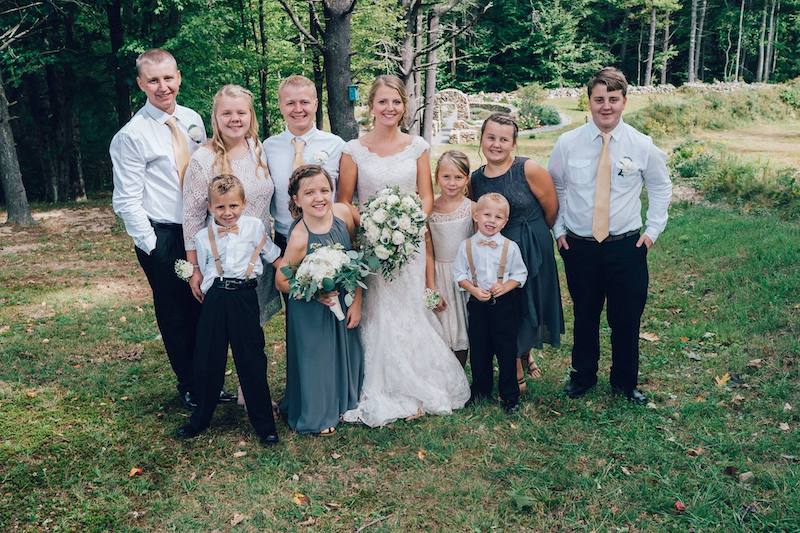
Read about Maria’s journey to resolve her foot and leg issues and learn more about the Spine Division.
Related Posts :
-

Foot deformity and amputation: Maria's tough choice
Whenever she could, Maria Dupuis found a way to walk. She walked when she had to wear a cast from ...
-

Beating the odds and neuromuscular scoliosis: Colin’s story
Colin Newton has a way of surprising people. Born with a rare neuromuscular disorder, he spent the first three months ...
-

Generations of excellence in surgical care: Dr. Emans and Dr. Hogue
Some surgeons follow their patients for years, even decades. This is true of Dr. John Emans, who has treated patients ...
-

Spinal fusion surgery during COVID-19
If things had gone according to plan, Jared Cohen would have had spinal fusion surgery during his April vacation. His ...




